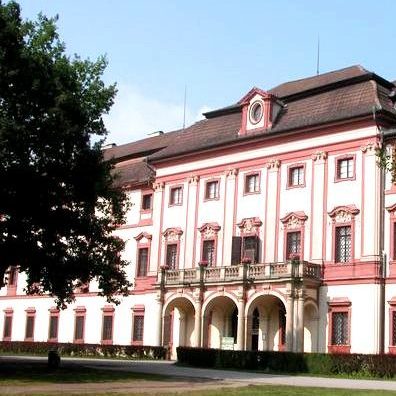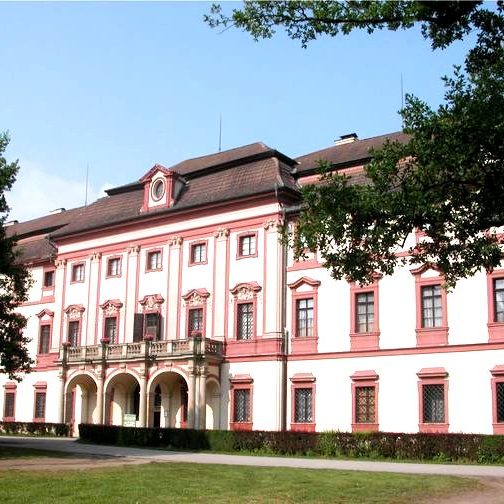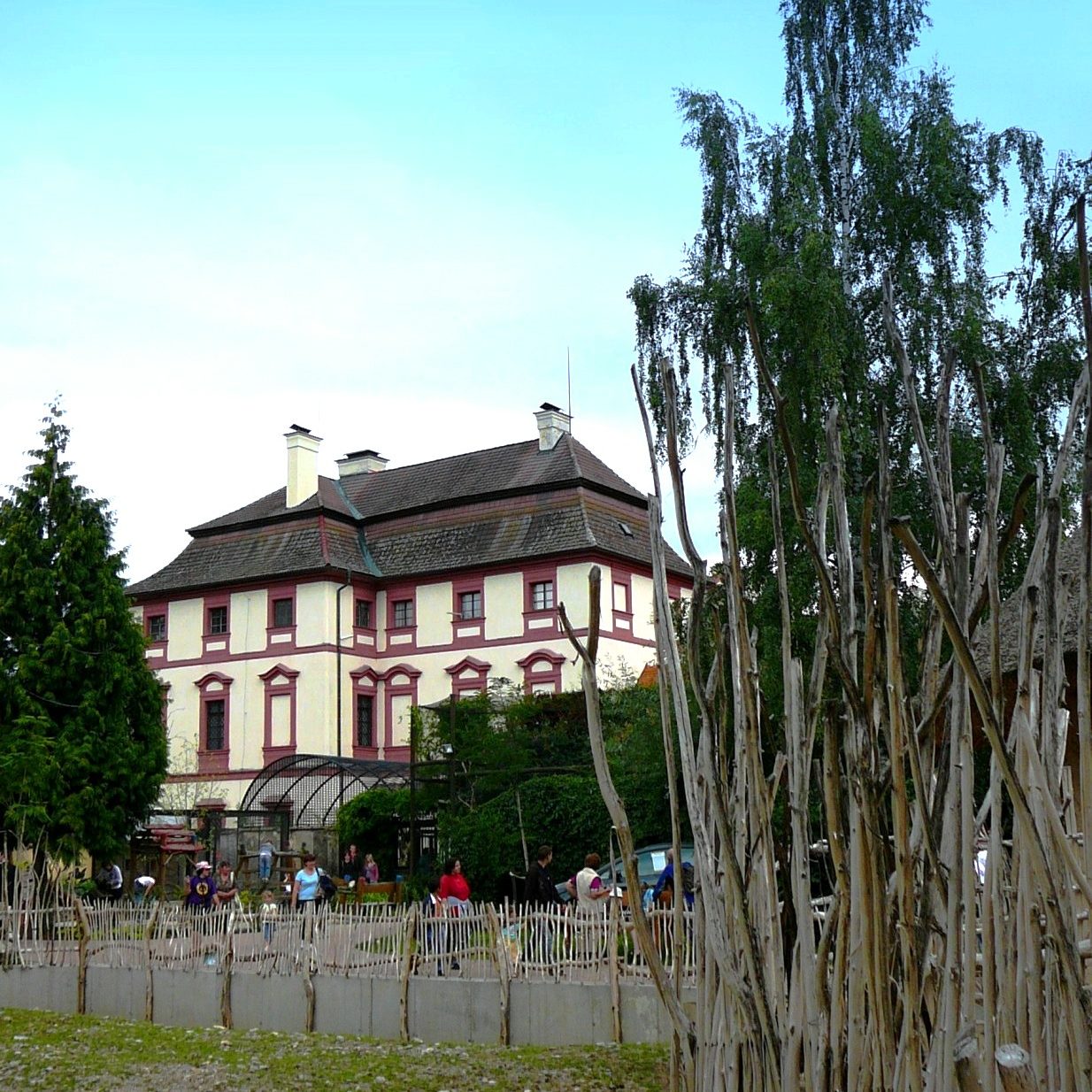Castle Ohrada in Hluboká nad Vltavou, Czech Republic

| Address: | Muzeum lesnictví, myslivosti a rybářství, Ohrada 17, Hluboká nad Vltavou 373 41 |
|---|---|
| Description of work: | Restoration work |
| Investor: | National Museum of Agriculture, Prague |
| Contractor: | GEMA ART GROUP a.s. |
| Implementation: | 04-09/2012 |
Castle Ohrada, situated two kilometres from the town of Hluboká nad Vltavou, was built between the years 1708 and 1713 by the local landowner Adam František Schwarzenberg as a centre for hunting with hounds and various festivities attached to the hunting events. The design of the castle was the work of the Baroque architect Pavel Ignác Bayer, who also participated in the rebuilding of the renowned Castle Hluboká nearby.
The west wing, which housed the armoury, was built first and the south and north wings, where the stables and kennels for dogs were located, followed. The sumptuous living quarters, venue for the hunting balls and other festivities, were constructed in the last stage of the building. Renowned artists of the time, such as stucco master Franz Carobbio and the Viennese painter Georg Werle, took part in creating their interior décor. The ceiling fresco depicting Artemis, the Greek goddess of the hunt, is the most highly prized example of Baroque art within the castle.
In 1732 the founder of the castle Adam František Schwarzenberg himself fell victim to a hunting accident, when he was fatally wounded by the Emperor Charles VI. Nevertheless, the castle continued to serve its purpose until the time of Jan Adolf II, who in 1842 founded here the second oldest museum in the Czech lands, dedicated to displays of hunting weapons and animal trophies. In 1939 a small zoological garden with examples of Central European fauna was established in the castle grounds, where it still exists.
The Schwarzenberg family lost the castle in the 1940s, when it was requisitioned by the occupying German administration. A similar situation occurred in the years between 1945 and 1948 when all Schwarzenberg property was seized by the state on the basis of the Lex Schwarzenberg decree, which misleadingly implied the family had collaborated with the Germans. In fact, unlike other aristocrats, the Schwarzenbergs not only did not support the Nazis but on the contrary financially backed the exiled government of President Edvard Beneš and took an active part in the home resistance. The reasons given for the issue of the decree were the size of the estate and the German origins of the family, but the real motivation lay in Communist ideology and plans for the collectivization of agriculture.
The Castle Ohrada was from 1949 administered by the Forestry Commission and then in 1961 taken over by the Czechoslovak Museum of Agriculture, now renamed the National Museum of Agriculture. The castle premises house a permanent exposition of the Forestry, Hunting and Fisheries Museum and short term exhibitions and educational events for children are also held there. Every June the museum organizes the annual festival of the National Hunting Association.
The company GEMA ART GROUP a.s. has since April 2012 carried out partial building alterations at the castle. The specialist tasks include repairs to the attic, heat insulation and demolition, carpentry and landscaping work. The floor structures and the floorings, as well as the plastering of the ceilings are being renovated and waterproofing installed. All work is scheduled to be completed by 1st September 2012.











